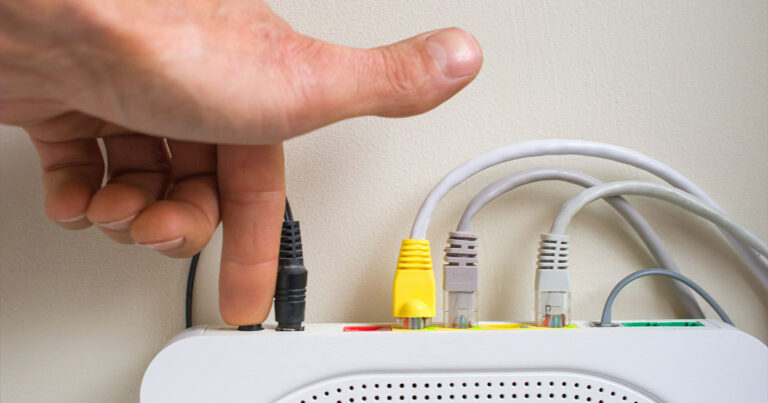Optus Mobile Review ALDI Mobile Review Amaysim Mobile Review Belong Mobile Review Circles.Life Review Vodafone Mobile Review Woolworths Mobile Review Felix Mobile Review Best iPhone Plans Best Family Mobile Plans Best Budget Smartphones Best Prepaid Plans Best SIM-Only Plans Best Plans For Kids And Teens Best Cheap Mobile Plans Telstra vs Optus Mobile Optus NBN Review Belong NBN Review Vodafone NBN Review Superloop NBN Review Aussie BB NBN Review iiNet NBN Review MyRepublic NBN Review TPG NBN Review Best NBN Satellite Plans Best NBN Alternatives Best NBN Providers Best Home Wireless Plans What is a Good NBN Speed? Test NBN Speed How to speed up your internet Optus vs Telstra Broadband ExpressVPN Review CyberGhost VPN Review NordVPN Review PureVPN Review Norton Secure VPN Review IPVanish VPN Review Windscribe VPN Review Hotspot Shield VPN Review Best cheap VPN services Best VPN for streaming Best VPNs for gaming What is a VPN? VPNs for ad-blocking Not a lot has changed today now that NBN is the dominant form of home internet. In fact, things are more complicated. Depending on your broadband technology type, you’ll need a compatible modem or modem-router, which may or may not be supplied by your provider. So answering the title of this article is already a whole lot trickier than at first glance. Let’s break it down. The same is true for Fibre-to-the-Curb (FTTC), Fibre-to-the-Premises (FTTP) and Hybrid Fibre Coaxial (HFC) also connect to a modem equivalent provided by NBN Co. Things get a little trickier with the other two fixed-line NBN technologies, Fibre-to-the-Node (FTTN) and Fibre-to-the-Building (FTTB), both of which require a VDSL2-compatible modem-router to get you online. To complicate matters further, there’s also home wireless broadband and mobile broadband in Australia, both of which require separate modem devices to get online. In terms of whether you can use your own modem, router or modem-router when shifting internet plans, the usual answer is you totally can. This assumes that you’re shifting plans and not addresses, and that you’re also not shifting broadband technology types. This is different for mobile broadband, where you either buy the modem dongle outright or pay it off via a provider. Once it’s paid off, the modem dongle or WiFi hotspot is yours and, as long as there’s a signal from the plan provider’s network, you can use it to shift between plans. The only exception here is if it’s a branded modem, which may be locked to the respective network. If it’s not locked to the network, switch out the SIM card once you’ve shifted plans to get online. While technically a router can be used across broadband technologies, it’s best to stick with the one you’re sent by a provider unless you have more advanced network tweaking knowledge. If things start to go wrong, it’s easier for providers to troubleshoot device issues if they are able to support the devices they sent to you. For Starlink users, stick with the provided router to similarly help simplify the connection process and any related troubleshooting later on. For home wireless broadband, keep an eye out for provider-branded modem-routers, which may not play nice with other home wireless broadband providers. The other catch of home wireless broadband is you need to be at a preapproved address, which means you should reach out to your provider when shifting addresses to see if they can still provide a home wireless broadband service at your new address. The same provider-branded device disclaimer applies to mobile broadband, too. Speaking of mobile broadband, if you opt for a WiFi hotspot instead of a modem dongle, this acts as a modem-router. Assuming it’s not a provider-branded device, you should be able to switch out the SIM card if you shift to another provider.
